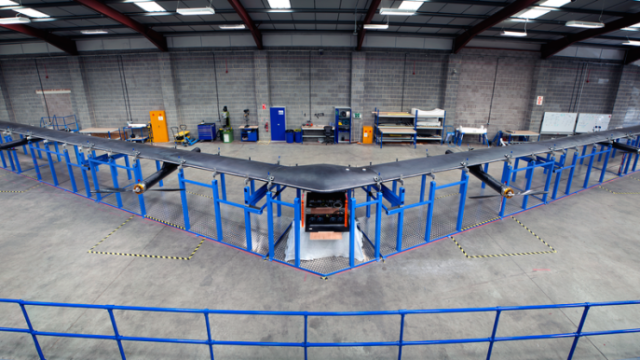We finally know exactly how Facebook’s internet-beaming drone that CEO Mark Zuckerberg wants to use to cure poverty crashed landed, prompting an investigation by the US National Transportation Safety Board.
The problems stems from the drone’s auto landing system and an unexpected wind gust. Five seconds before the drone crash landed, a gust of wind lifted the drone above its expected landing path. The autopilot wasn’t able to correct for the wind gust, causing the drone to incur “substantial damage,” according to the NTSB report:
At 0743, while on final approach at 20 feet [6m] above the ground, the right outboard wing experienced a structural failure with a downward deflection. Four seconds later, the aircraft impacted the ground at a groundspeed of 25 knots in an approximately wings-level attitude. The aircraft sustained substantial damage as a result of the impact and wing failure. As a result of the aircrafts design (skid landing gear, low-slung engines and propellers), the operator expected some damage during normal landings.
It’s worth pointing out that Facebook’s internet-beaming drone isn’t designed to land very often. In theory, the drone will utilise solar power to stay in the air for months at a time in order to beam internet, or something. Still, I wouldn’t call the crash landing the “first successful flight“, as Facebook tried to do.
[NTSB]
